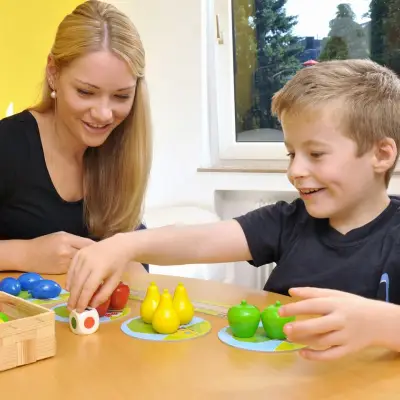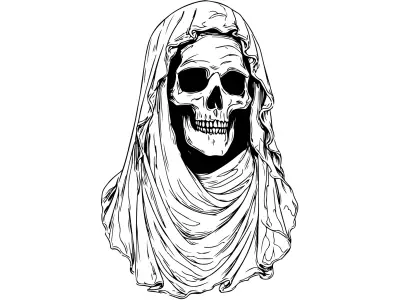If you’ve ever felt lighter after dancing around the living room, or more relaxed after moving your body to music, you’ve already experienced a taste of what dance can do for your mental wellbeing. For many people, movement is more than just exercise, it's a way to express emotions, process experiences, and reconnect with the self. This is where Dance Movement Psychotherapy (DMP) comes in.
Whether you're considering a new career path or simply looking for alternative healing methods, this blog helps you understand what dance movement psychotherapy involves, how it works, and why it might be a powerful tool for healing.
Jump to:
- What is Dance Movement Psychotherapy?
- How Does Movement Heal Trauma?
- What Does a Dance Movement Psychotherapist Do?
- What Happens in a Dance Movement Therapy Session?
- What is an Example of Dance Movement Therapy?
- What Are the Principles of Dance Movement Therapy?
- Who Needs Dance Movement Therapy?
- What Kind of Issues Can Dance Therapy Help With?
- How Effective is Dance Movement Therapy?
- What is the Theory Behind Dance Movement Therapy?
- What Are the Stages of a Dance Movement Therapy Session?
- How Does Dance Therapy Help Anxiety and Depression?
- How Does Dance Therapy Help Autism?
- How to Practise Dance Therapy
- What Are the Contraindications for Dance Therapy?
- How to Become a Dance Movement Psychotherapist
- What is the Salary for Dance Movement Psychotherapists in the UK?
- Study our Dance Movement Therapy Diploma for £29
Recommended for you!
Best SellersWhat is Dance Movement Psychotherapy?
Dance Movement Psychotherapy, also known as dance psychotherapy or dance therapy, is a form of psychological therapy that utilises movement and dance to explore emotions, promote self-awareness, and support mental, emotional, and physical well-being. It is grounded in the belief that mind and body are deeply connected, and that movement can communicate things that words sometimes can’t.
The definition of dance movement psychotherapy is a creative form of therapy that helps people to express themselves through movement. It’s not about being a good dancer; in fact, no dance experience is necessary at all. It’s about using the body to explore thoughts, emotions, and experiences in a safe and supported way.
How Does Movement Heal Trauma?
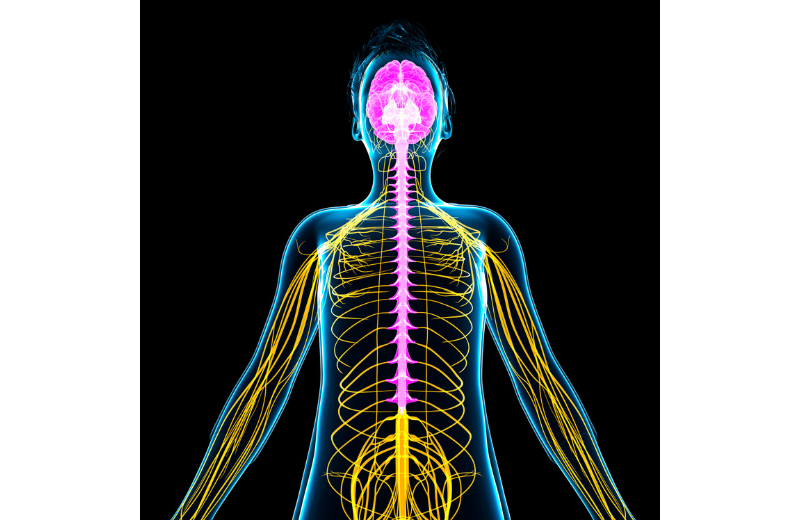
Trauma is often stored in the body, not just the mind. By allowing people to access these body-based memories gently, release held tension, and rewrite movement patterns, DMP can support trauma recovery. Movement helps regulate the nervous system, rebuild trust in the body, and restore a sense of safety.
What Does a Dance Movement Psychotherapist Do?
A dance movement psychotherapist is trained to observe and interpret body movement and help clients explore these movements as part of a wider therapeutic process. They work with individuals or groups, often in schools, hospitals, mental health services, care homes, or private practice.
During a session, the therapist may use free movement, structured exercises, guided improvisation, or themed dances, tailoring the approach to meet someone’s needs. These professionals are skilled in creating a safe, non-judgemental space where people can move freely, reflect, and sometimes uncover insights that are difficult to express verbally.
What Happens in a Dance Movement Therapy Session?
No two dance movement therapy sessions are alike, but they often begin with a check-in, either through talking or gentle movement. The therapist may introduce music or props, or suggest specific types of movement. Some sessions may feel playful, while others may bring deeper emotional release.
You don’t need to know how to dance. The focus is on expression, not performance. Therapeutic dance movement allows you to connect with your feelings in a physical way, often leading to a sense of release, clarity, or calm.
Sessions could involve mirroring movements between therapist and client, exploring how certain movements feel, or simply allowing the body to guide the experience.
What is an Example of Dance Movement Therapy?
Imagine a child struggling with anxiety who finds it difficult to talk about their feelings. In a dancing therapy session, the child might be encouraged to move to the rhythm of a soft drumbeat, with the therapist gradually joining in and matching the child’s pace. This interaction helps build trust and encourages emotional expression through movement, creating a sense of safety and connection.
What Are the Principles of Dance Movement Therapy?

The core principles include:
- Body-mind connection: Movement reflects our inner emotional world.
- Authenticity: There’s no “right” way to move — just your way.
- Empathy and mirroring: Therapists may reflect a client’s movements to build trust and understanding.
- Movement as communication: Our bodies often speak more honestly than words.
- Creativity: Using music, props, and movement improvisation to explore feelings.
These principles guide the work of every dance and movement therapist, supporting people through physical and emotional healing.
Who Needs Dance Movement Therapy?
Dance and therapy work well together across many different groups. People of all ages and backgrounds benefit from DMP, including:
Dance movement therapy helps anyone who might benefit from expressing themselves in a non-verbal way, or who feels more connected through movement than words.
What Kind of Issues Can Dance Therapy Help With?
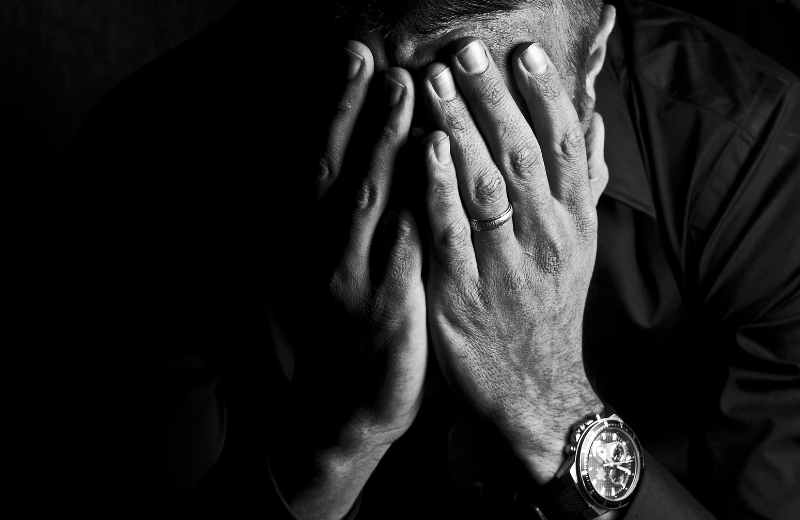
Dance therapy movement has been used to support a wide range of issues:
- Anxiety and depression
- Grief and trauma
- Relationship difficulties
- Body image and eating disorders
- Chronic pain or physical health conditions
- Autism spectrum conditions
- PTSD and emotional regulation challenges
How Effective is Dance Movement Therapy?
Research continues to grow in this area, but many studies and personal accounts support the effectiveness of dance movement psychotherapy. It’s been shown to reduce symptoms of depression and anxiety, improve mood, increase self-esteem, and even enhance cognitive and motor functions.
What is the Theory Behind Dance Movement Therapy?
The theoretical foundations of DMP come from psychodynamic, humanistic, and body-oriented approaches. Movement is seen as a reflection of unconscious processes, and the therapist uses this understanding to support the client in their emotional and psychological growth.
The DMT approach also draws on neuroscience, developmental psychology, and creative arts therapies. The idea is that movement is a way to process, transform, and heal.
What Are the Stages of a Dance Movement Therapy Session?
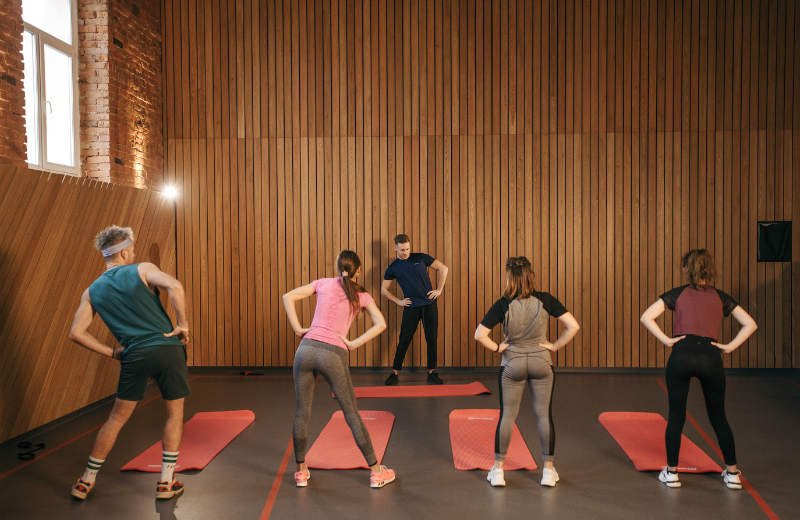
While there is no strict formula, many therapists follow a general flow:
- Warm-up – Connecting to the body and the present moment
- Exploration – Engaging in expressive or thematic movement
- Development – Deepening the experience through improvisation or interaction
- Reflection – Discussing or integrating the movement experience
- Closure – Grounding and returning to stillness
These stages allow space for safety, exploration, and emotional processing.
How Does Dance Therapy Help Anxiety and Depression?
Studies show that dance movement psychotherapy can improve mood, increase serotonin, and help with emotional expression. Dance therapy helps with anxiety by calming the nervous system, building body awareness, and offering a creative outlet for worries or fears.
Regular dance therapy classes can also promote routine, social connection, and mindfulness — all helpful for emotional wellbeing.
How Does Dance Therapy Help Autism?
For those on the autism spectrum, DMP can support communication, emotional expression, motor skills, and social interaction. It’s non-verbal, structured yet flexible, and often more comfortable than traditional talk therapies.
Dance therapy helps autism through mirroring, rhythm, and play, it provides a way for people to connect and express themselves at their own pace.
How to Practise Dance Therapy
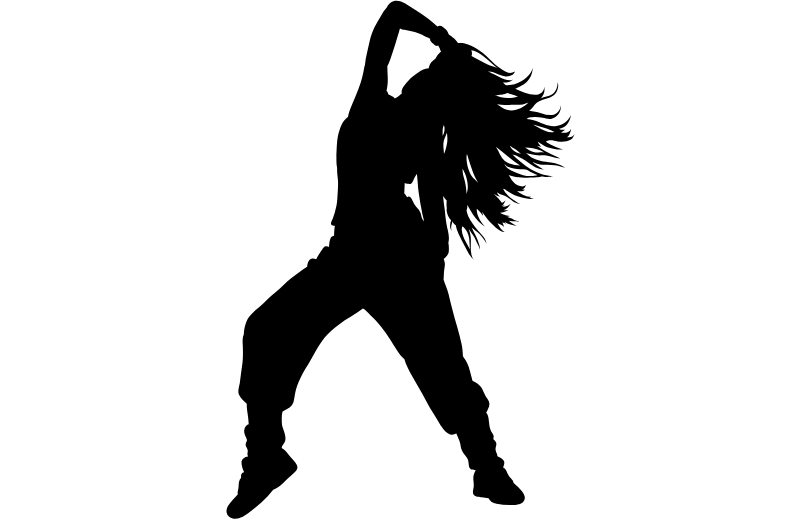
You don’t have to be a professional to start exploring therapeutic dance. Many community groups and private practitioners offer dance therapy classes. To go deeper or work with others, professional training is essential.
Interested in how to practise dance therapy? Look for accredited training programmes or diploma courses, like our Dance Movement Psychotherapy Diploma Course.
What Are the Contraindications for Dance Therapy?
While DMP is gentle and adaptable, there are a few things to be mindful of:
- People with severe physical injuries or conditions should consult a doctor first
- Those in acute mental health crises may need stabilisation before starting
- Personal boundaries must always be respected and sessions should never feel invasive or unsafe
Therapists are trained to adapt sessions and work alongside other professionals when needed.
Recommended for you!
Best SellersHow to Become a Dance Movement Psychotherapist
In the UK, becoming a dance movement psychotherapist typically involves completing a master’s degree in dance movement psychotherapy, often following a background in psychology, social care, performing arts, or health sciences.
You’ll also need experience in dance and some form of psychological training. Supervised practice is a core part of the training, preparing you to work safely and ethically.
If you're looking to get started, our Dance Movement Psychotherapy Diploma Course offers the perfect introduction to the subject.
What is the Salary for Dance Movement Psychotherapists in the UK?
Salaries for dance movement psychotherapists vary depending on experience and setting. In the NHS, newly qualified therapists often start on Band 6 (around £35,000), with more experienced professionals earning more.
Study our Dance Movement Therapy Diploma for £29
If we’ve sparked your curiosity, why not explore dance movement psychotherapy further? Whether you’re considering a career change, adding to your skills, or deepening your understanding of dance and therapy, Centre of Excellence offers a comprehensive Dance Movement Psychotherapy Diploma Course.
It’s perfect for beginners or professionals, with flexible online learning you can do at your own pace. And right now, you can enrol for just £29!



